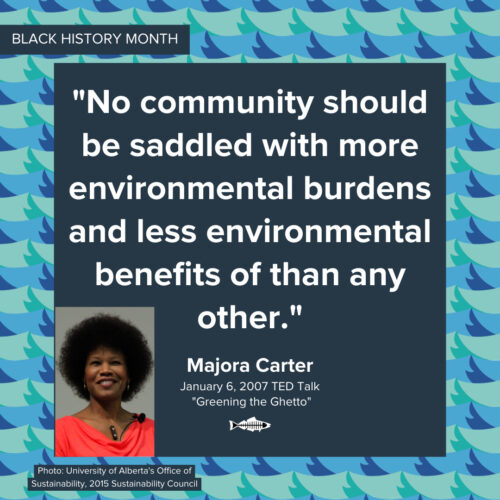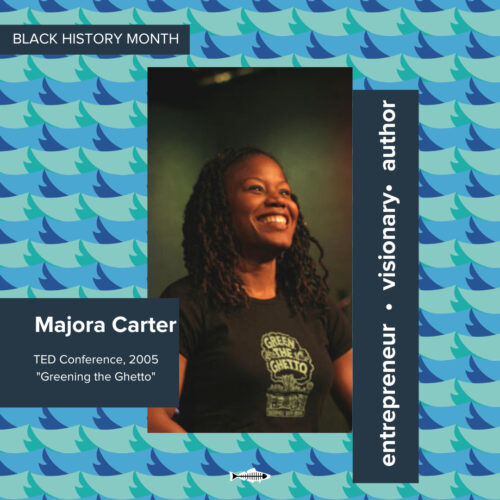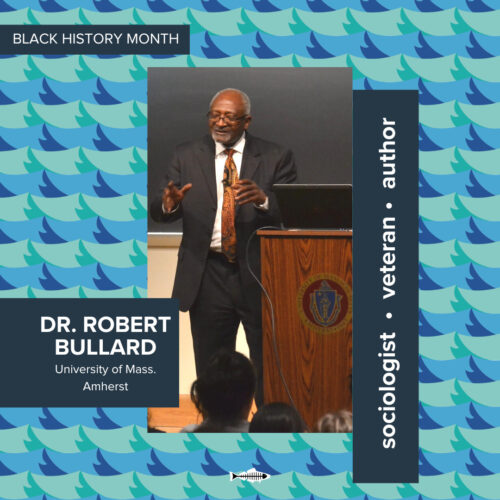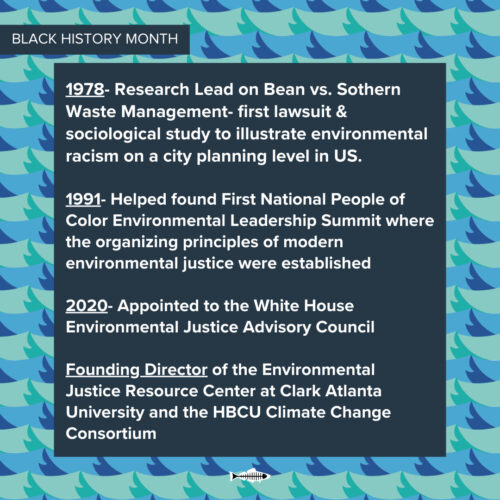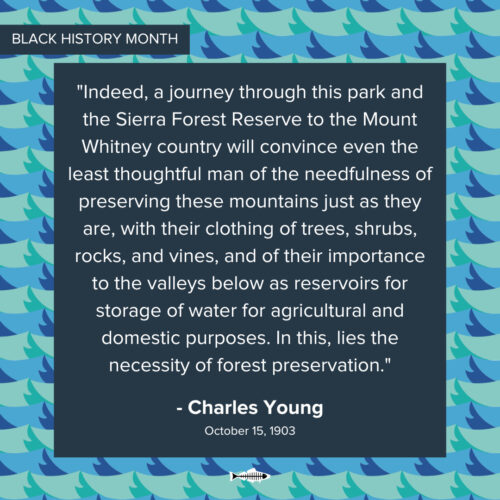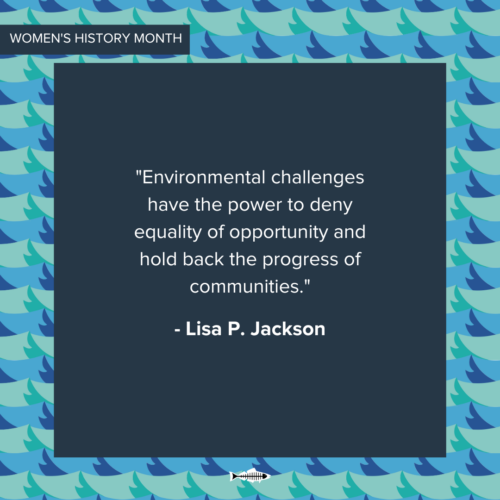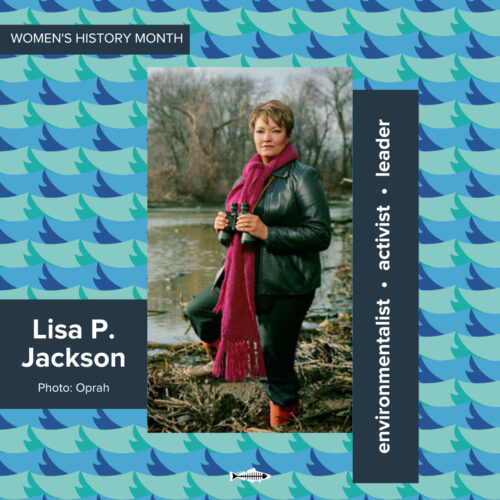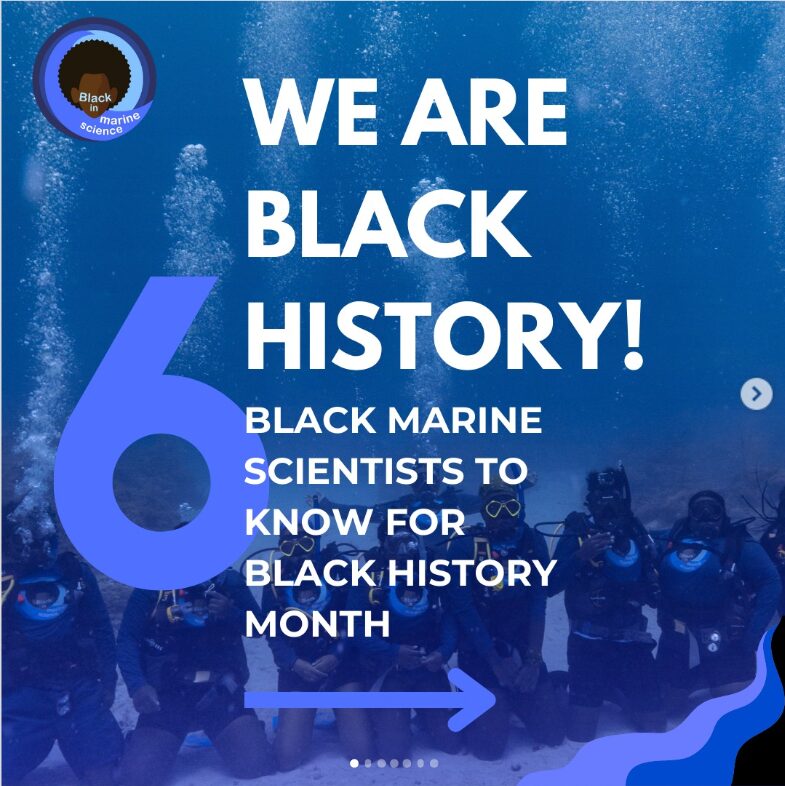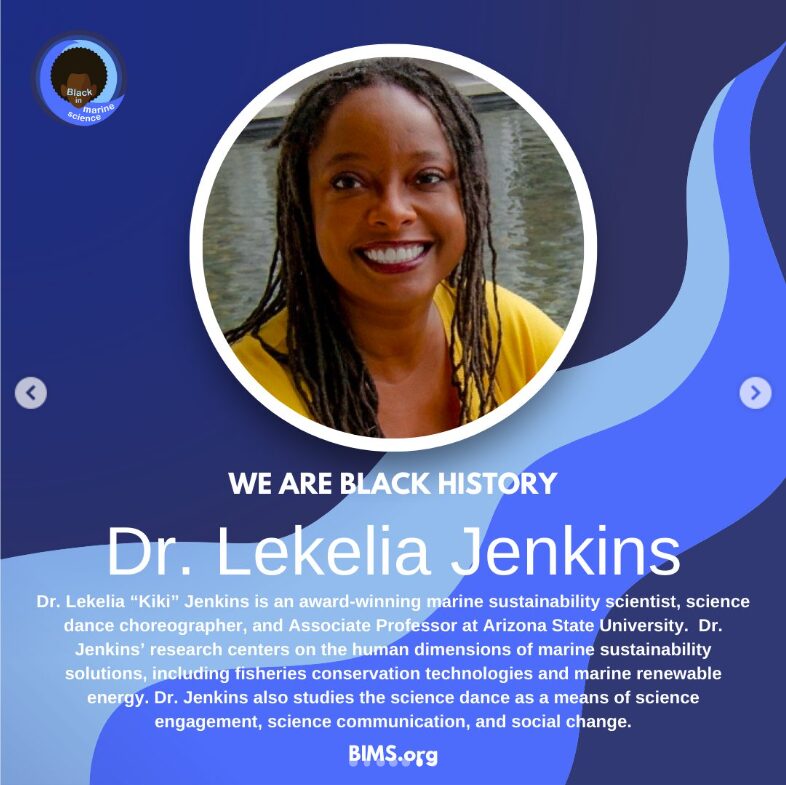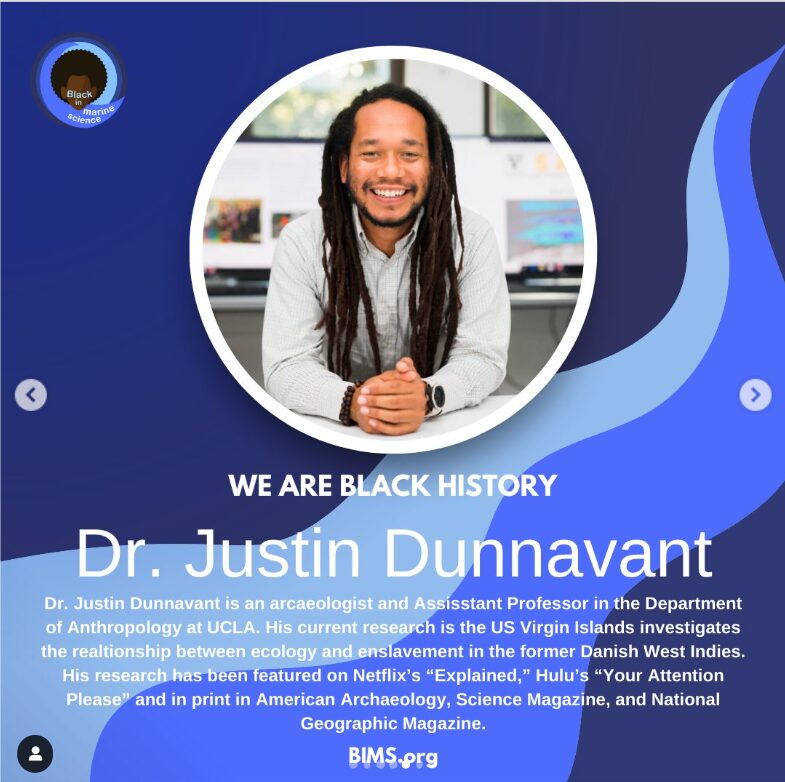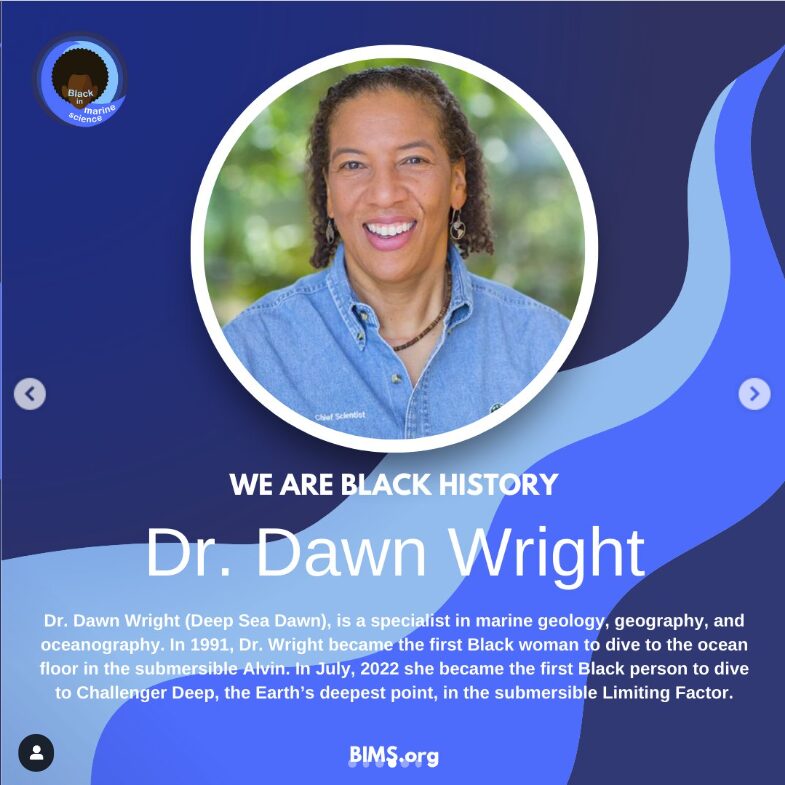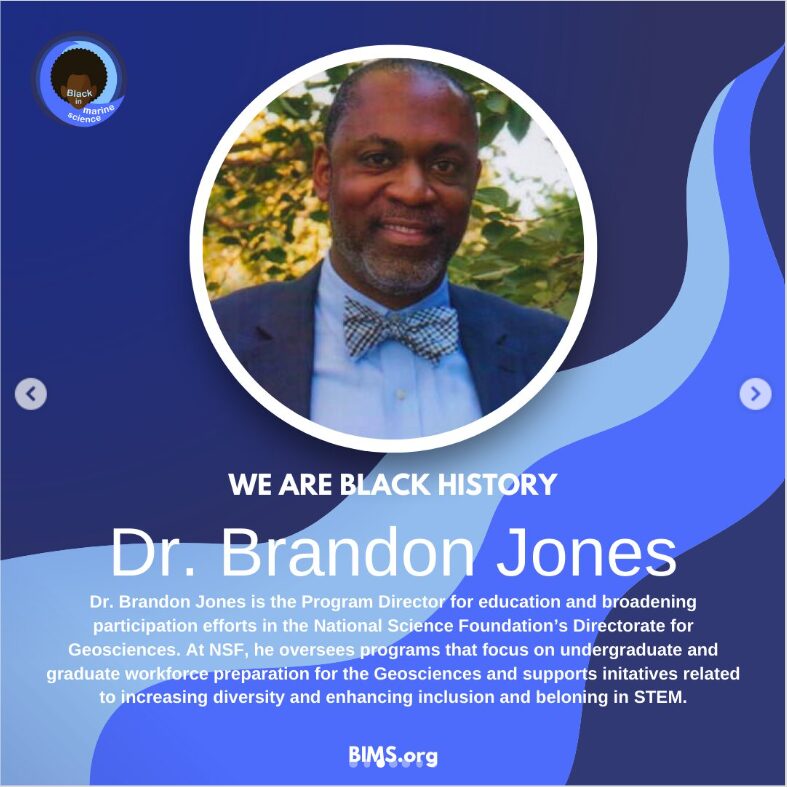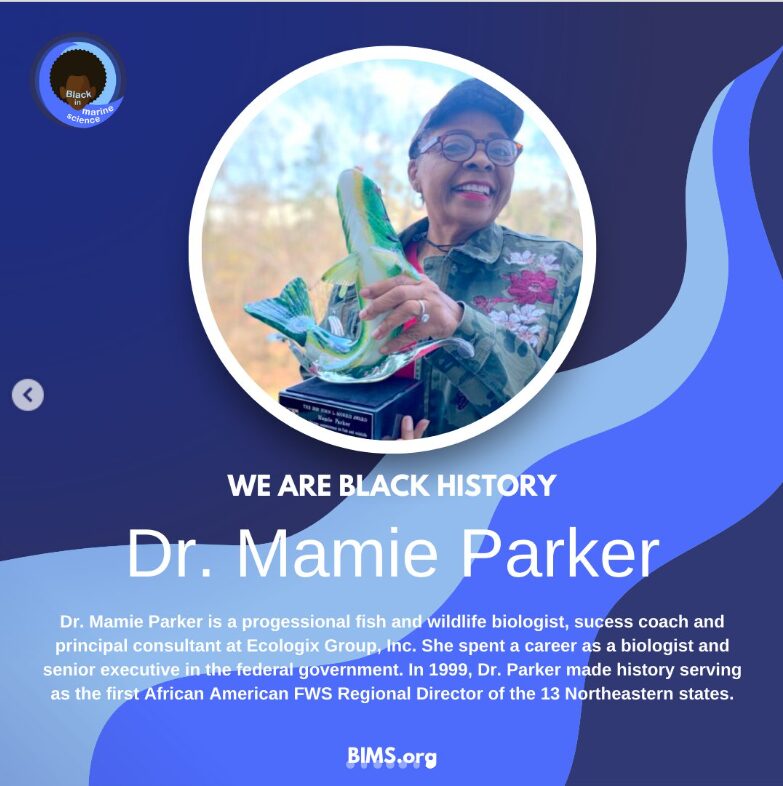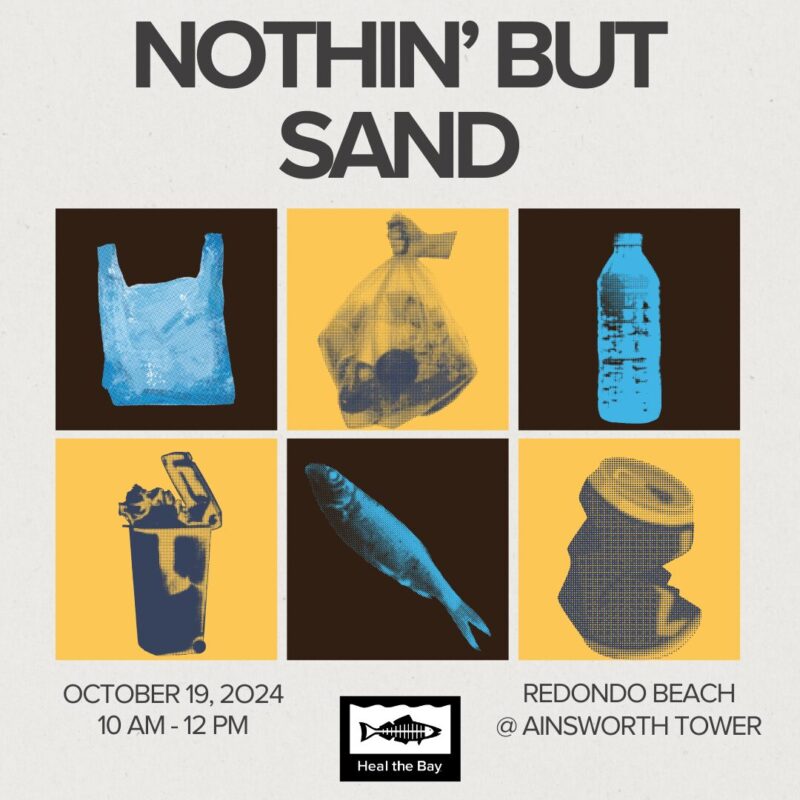Black History is Environmental History
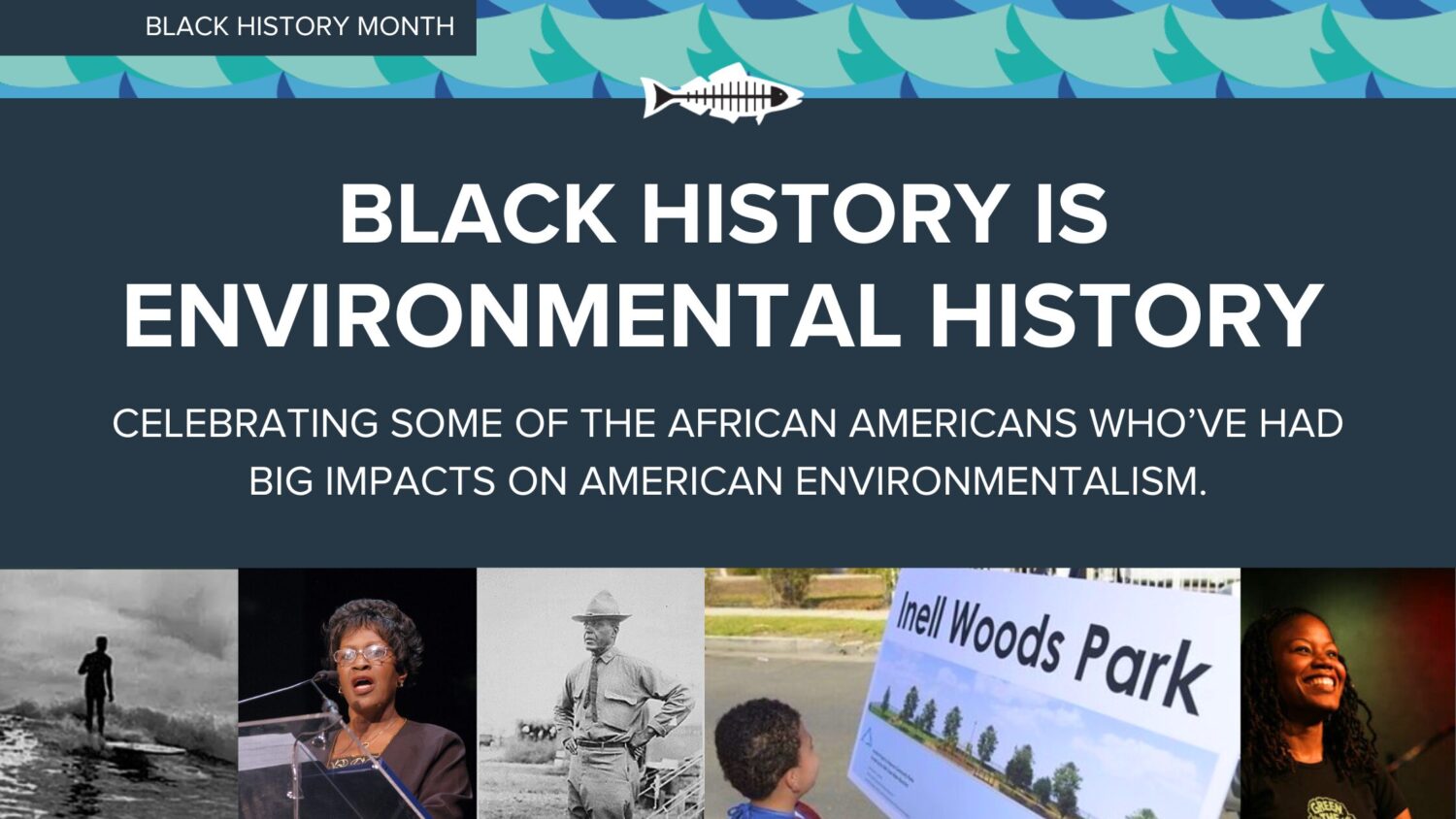
Take time to commemorate this Black History Month and learn about the African American environmentalists who helped shape our environmental history.
Advocating for Environmental justice is a pillar of Heal the Bay’s decades-long mission, but environmental justice cannot exist without racial justice. The historical reality is staggering: Black communities in the US have borne the brunt of pollution, climate change, and limited access to green spaces. This systemic injustice demands immediate action.
But amidst the struggle, hope emerges. Let’s celebrate some Black luminaries in the environmental movement who have paved the way for a brighter future. These inspiring leaders have created invaluable space and opportunities, empowering the next generation of young Black voices fighting for a just and sustainable planet.
Enjoy our micro-museum and let it inspire a more profound journey into the history of environmental justice and its pioneers.
Please view our list of resources, including a list of non-profit organizations established to engage and serve local black communities and beyond and events to continue your education and celebration of Black History Month!
THE HISTORY OF BLACK HISTORY MONTH
MEET SOME BLACK LUMINARIES
Black leaders in both the American environmental justice and environmentalist movement.
MAJORA CARTER
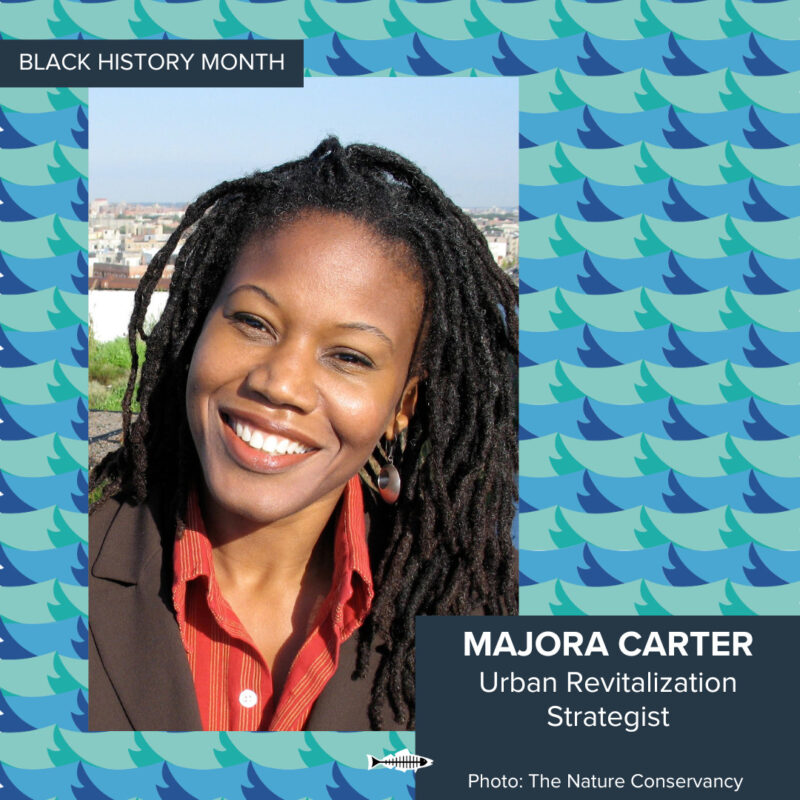
Majora Carter’s impact transcends titles from South Bronx activist to national changemaker. More than just an award-winning strategist and broadcaster, she’s a John D. and Katherine T. McArthur Foundation Genius Grant” recipient whose groundbreaking work redefined urban renewal, environmental protection, and restoration. In the 1990s, she ignited hope in her community by transforming a mere $10k grant into South Bronx’s first waterfront park in 60 years, a testament to her unwavering belief that “no community should shoulder more burdens than benefits.”
This wasn’t just a park; it was a catalyst. Carter went on to found Sustainable South Bronx, empowering residents to reclaim their environmental rights and fight for green spaces. Today, her Majora Carter Group continues this legacy, equipping low-income communities across the US with the tools and strategies to build healthier, revitalized environments, fostering prosperity and resilience.
Inspired? Dive deeper into Carter’s journey through her powerful TED Talk “Greening the Ghetto” and learn more about her fight for environmental justice.
Majora Carter: Greening the ghetto | TED Talk
#Enviornmentaljustice history is still being made. #Black history is environmental history.
![]()
DR. ROBERT BULLARD
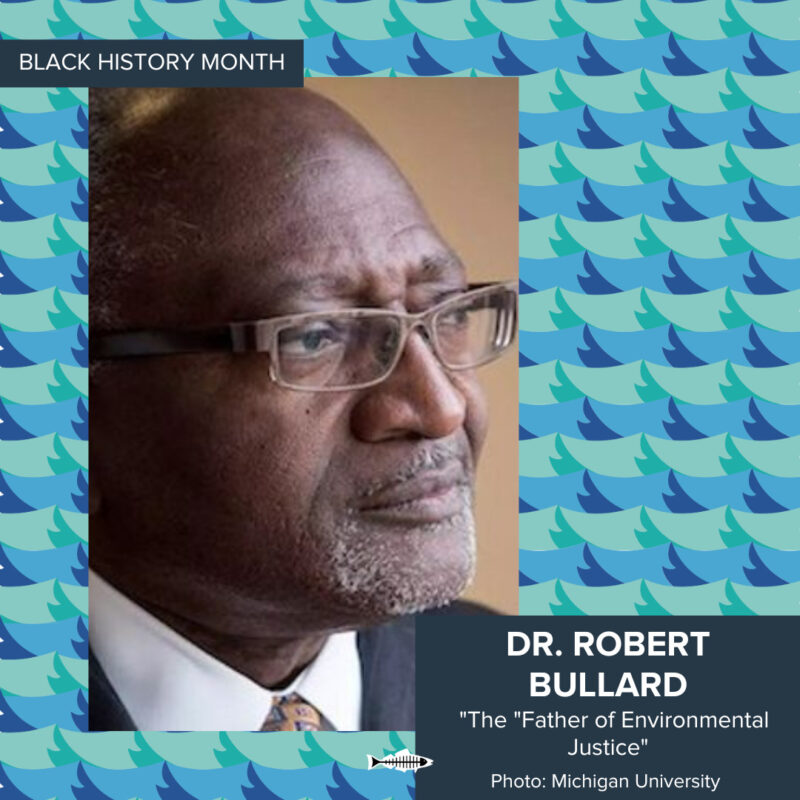

Dr. Robert D. Bullard, a sociologist and American academic, is regarded as the “father of environmental justice.” His decades of leadership as an advocate and educator continue to shape the future of environmental equity for marginalized communities.
From Marine Corps sergeant to “father of environmental justice,” Dr. Robert D. Bullard’s life is a testament to tireless advocacy and groundbreaking research. After serving his country, Bullard dedicated himself to academia, earning degrees in government studies (Alabama A&M), an M.A. in sociology at Atlanta University (Clark Atlanta University), and culminating in a Ph.D. (Iowa State University). His dedication bore fruit in the 1978 landmark Bean vs. Southern Waste Management lawsuit, where he led research exposing the discriminatory placement of toxic waste facilities near communities of color. His findings revealed that “Black neighborhoods were the predominant site for most of the solid waste disposal sites in Houston, yet they represented only 25% of the total population,” and that race was the “driving force behind this environmental injustice.”
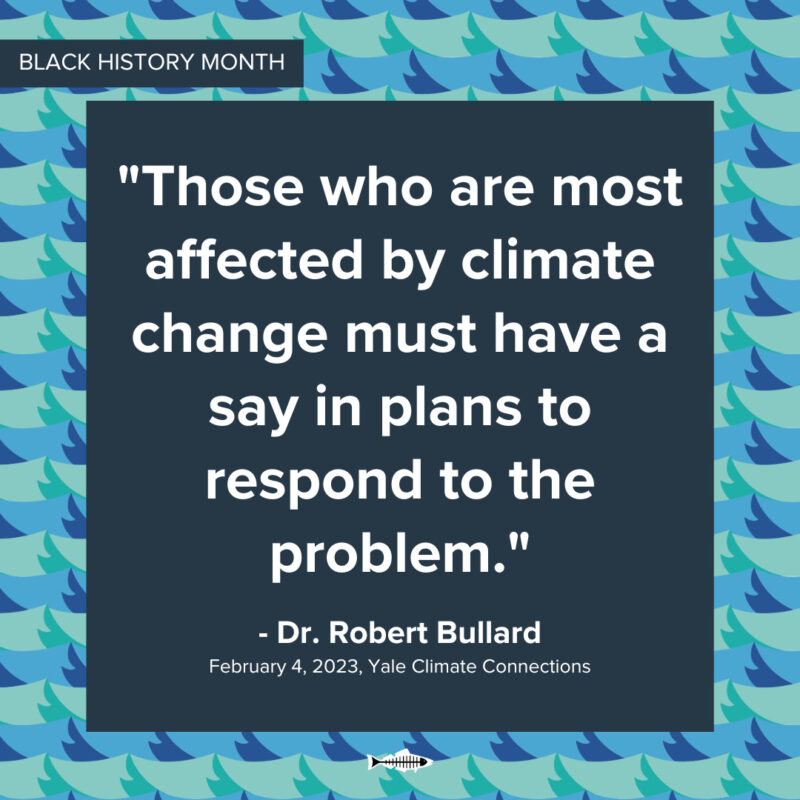

Bullard’s impact extends far beyond one case. He co-founded the First National People of Color Environmental Leadership Summit, fostering collaboration and establishing core principles of the modern environmental justice movement. These principles were championed by Bullard at the federal level, influencing the Clinton administration’s Executive Order on environmental justice and earning him a recent appointment to the White House Environmental Justice Advisory Council under President Biden.
![]()
![]()
![]()
![]()
![]()
![]()
![]()
![]()
![]()
INELL WOODS


Community activism and environmental justice go hand-in-hand.
Although Woods was not primarily known for environmental work, this tireless community activist who championed fairness and inclusion for South LA will soon have her legacy etched in green space. After a decade of dedicated work on the part of Heal the Bay, local government officials, and the community itself, the empty lot that once encouraged the very disparities that often impact inner-city communities of color across the street from her long-time home will finally become a “safe green space” bearing the name “Inell Woods Park.”
More than just a park, this space embodies the values Mrs. Woods fought for throughout her life. From rallying for seniors and organizing meal programs to advocating for green spaces in neighborhoods like the South LA community of Green Medows, she understood the interconnectedness of community well-being and environmental justice.
Recognizing this connection, the park itself is designed with sustainability in mind. Native plants will reduce long-term potable water needs, and shade trees will be added as a crucial step in addressing the urban heat island effect that disproportionately impacts regional communities of color like South LA.
Beyond aesthetics, Inell Woods Park is a testament to community activism’s power and ability to create lasting positive change. As South LA’s first “stormwater park,” the space was designed to capture rainwater, and a Permavoid system will be used to treat stormwater. The park’s innovative stormwater system is designed to reuse 16,000 gallons of water, starkly contrasting traditional irrigation methods and showcasing a commitment to environmental responsibility.
This long-awaited space is more than just a park; it’s a symbol of hope, resilience, and a thriving future for South LA, forever intertwined with the legacy of Mrs. Inell Woods.
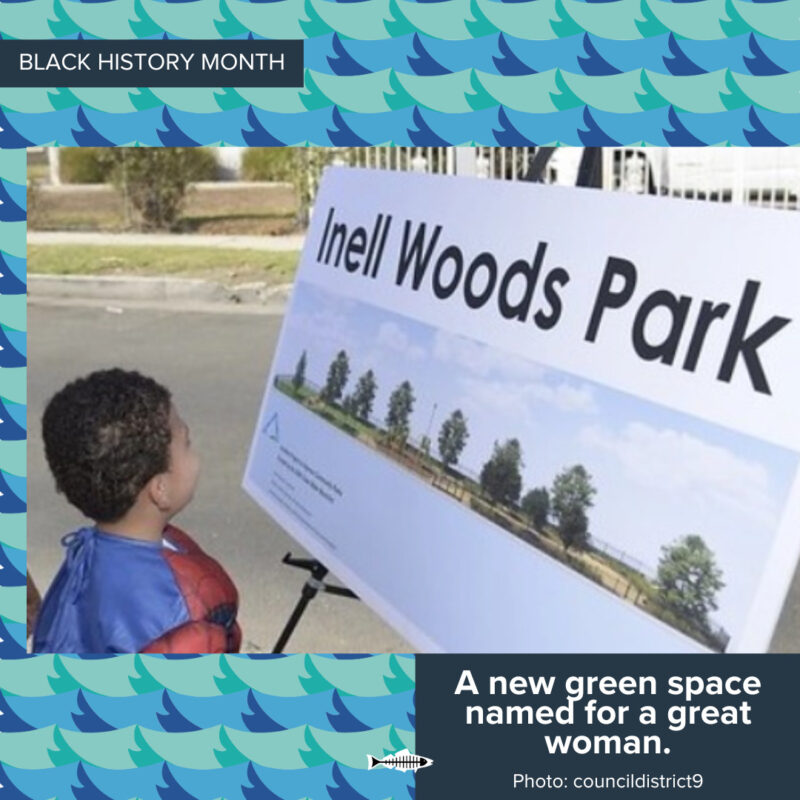

At the future park’s community awareness event in 2022, City Councilman Price took time to commemorate the namesake of the site: “I am honored to name our newest park Inell Woods, in honor of a community champion who spent her life advocating for fairness, inclusion and ensuring the South L.A. community was supported,” Price said. “This park is the community’s gift to Mrs. Woods and the tremendous legacy she has left behind.”
After ten years of work, plans have been finalized to break ground on this space in the Spring of 2024. Learn more about the park: Inell Woods Park 2024 Fact Sheet
![]()
![]()
![]()
![]()
![]()
![]()
![]()
![]()
![]()
CHARLES YOUNG


Charles Young was the highest-ranking African-American commanding officer in the United States Army from 1894 until his death in 1922. He also served as the first African-American superintendent of a national park, overseeing Sequoia and [Kings Canyon] National Parks while commanding a troop of Buffalo Soldiers in the years before the creation of the National Park Service.
Born to enslaved parents in Kentucky in 1864, Young’s parents, Gabriel and Arminta Young, moved to Ripley, Ohio, in 1866 with their two-year-old son Charles to improve their prospects after the Civil War. In 1889, Charles Young was the third African American to graduate from West Point.
Colonel Charles Young’s story and leadership are symbolic of the experience of the Buffalo Soldiers during difficult and racially tense times.
In 1866, the Congress established six all-black regiments, later consolidated to four, to help rebuild the country after the Civil War and to patrol the remote western frontier.
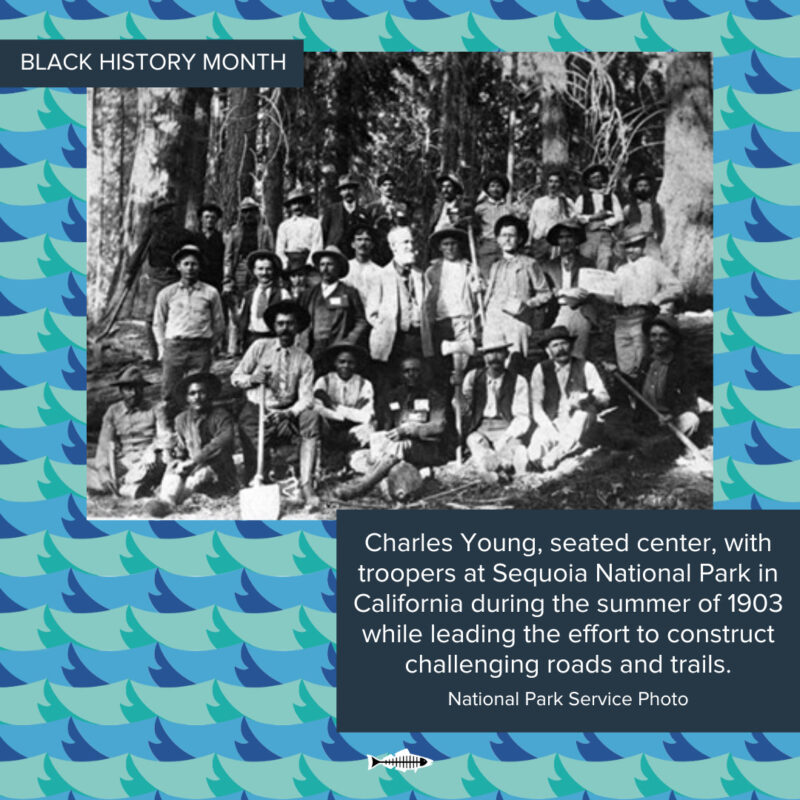

– An excerpt from A PROCLAMATION OF THE ESTABLISHMENT OF THE CHARLES YOUNG BUFFALO SOLDIERS NATIONAL MONUMENT BY THE PRESIDENT OF THE UNITED STATES OF AMERICA
![]()
![]()
![]()
![]()
![]()
![]()
![]()
![]()
![]()
LISA P. JACKSON


Lisa P. Jackson, the first African-American EPA Administrator, has created a powerful legacy for Black History Month and beyond. She has spent her career breaking barriers, championed critical environmental advancements during her tenure with the EPA (2009-2013), and was featured on Time magazine’s 2010 and 2011 lists of the “100 Most Influential People in the World”. There is so much she has done and continues to do to protect our planet!
“During her tenure from 2009 to 2013, Administrator Lisa P. Jackson focused on seven priorities for EPA’s future: taking action on climate change; improving air quality; cleaning up our communities; protecting America’s waters; assuring the safety of chemicals; expanding the conversation on environmentalism and working for environmental justice; and building stronger state and tribal partnerships.” (EPA.GOV)
Jackson tackled climate change head-on, paving the way for EPA action with her 2009 endangerment finding on greenhouse gases. Her focus extended beyond improving air quality, cleaning communities, protecting waterways, and ensuring chemical safety. She didn’t just talk the talk – she implemented clean air standards and a groundbreaking clean cars program, leading to more fuel-efficient vehicles.
But Jackson’s impact goes deeper. She prioritized environmental justice, empowering historically underrepresented communities and strengthening protections for vulnerable groups. This legacy of action, inclusion, and progress makes her a true inspiration for environmental movements everywhere.
![]()
![]()
![]()
![]()
![]()
![]()
![]()
![]()
![]()
DR. JOHN FRANCIS
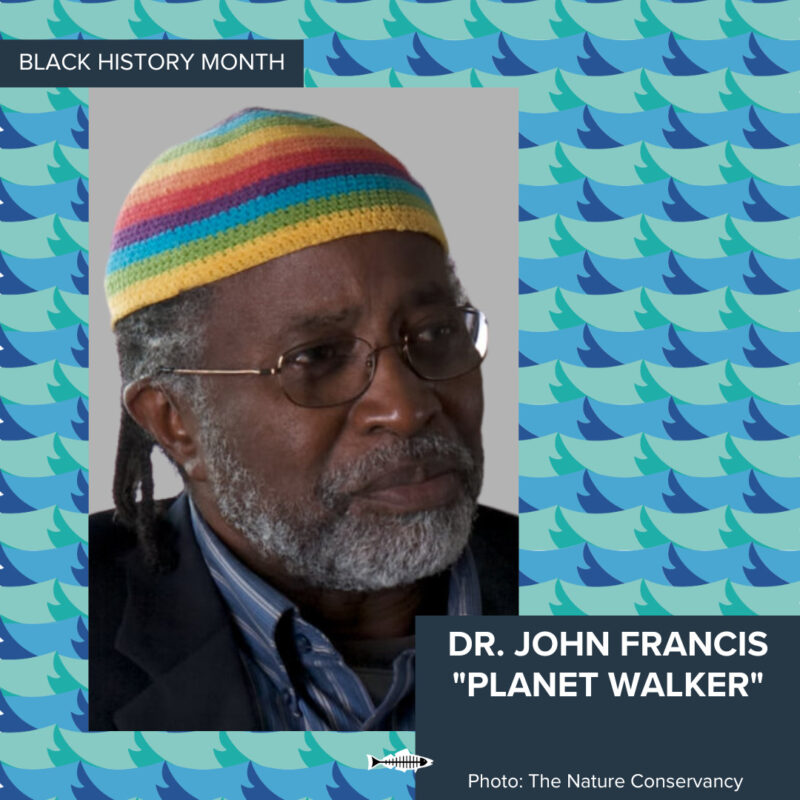

The collision of two oil tankers and the subsequent environmental destruction wrought by this infamous oil spill sent Dr. John Francis, known as “Planetwalker,” on a remarkable journey that transformed him into a renowned conservationist, educator, and bestselling author. After witnessing the devastating San Francisco Bay oil spill in 1971, Francis made a radical choice: he walked. For 22 years, he shunned motorized vehicles, traversing the US and Latin America on foot, all while earning a Ph.D. in Land Management.
But his commitment went beyond movement. He took a powerful 17-year vow of silence to amplify environmental awareness, breaking it only on Earth Day 1990. From then on, Dr. Francis dedicated himself to conservation, becoming an influential voice in policy and education.
His achievements are as impressive as his journey. He is the National Geographic Society’s first Education Fellow, a UN Environment Program Goodwill Ambassador, and an acclaimed author. He even played a crucial role in crafting oil spill regulations after the Exxon Valdez disaster, earning recognition from the U.S. Department of Transportation.
Dr. Francis’ story isn’t just about walking; it’s about action. He inspires us to challenge norms, speak up for our planet, and dedicate ourselves to creating a more sustainable future.
![]()
![]()
![]()
![]()
![]()
![]()
![]()
![]()
![]()
MARGIE EUGENE-RICHARD
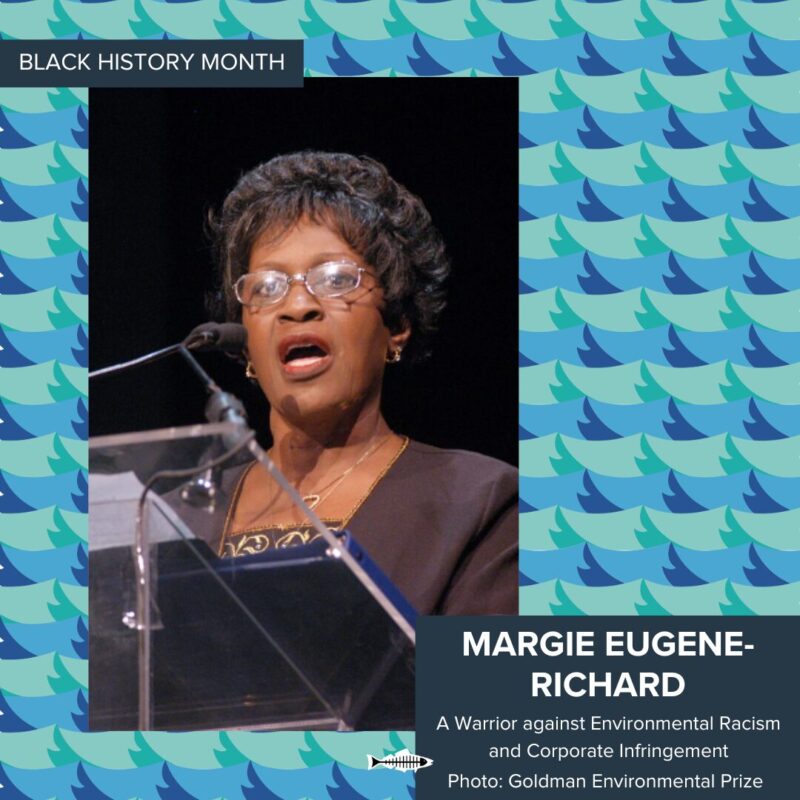

In Norco, Louisiana, the predominantly Black community of Old Diamond found itself squeezed between a Shell Chemical plant and an oil refinery. Fear of accidents and the harsh reality of elevated cancer, congenital disabilities, and respiratory issues were everyday life. These stemmed from decades of environmental contamination.
After years of being subjected to these environmental risks and following her sister’s death from a rare bacterial infection, Margie Richard founded the Concerned Citizens of Norco (CCN) in the early 1990s. This environmental justice group demanded a solution: fair resettlement. Years of tireless leadership, including commissioning a community-based air quality study, finally paid off. In 2002, CCN secured a historic agreement with Shell, leading to the relocation of Old Diamond residents to safer communities.
Margie Richard’s unwavering efforts made her a pioneer of the environmental justice movement. In 2004, she became the first African-American to receive the prestigious Goldman Environmental Prize, a testament to her impact.
Margie Eugene-Richard (1941-present) is a powerhouse in environmental justice. Her campaign to stop significant corporations from polluting her family home led to one of the most significant environmental lawsuits in recent history.
![]()
![]()
![]()
![]()
![]()
![]()
![]()
![]()
![]()
NICK GABOLDÓN


Amidst the discriminatory Jim Crow era, Santa Monica Beach reflected the harsh reality of divided shores. “Inkwell Beach,” a meager 200-foot zone restricted to Black beachgoers, served as Nick Gabaldon’s unlikely launching pad. Here, he defied boundaries, teaching himself to surf on a borrowed lifeguard’s paddleboard, carving his name as the first documented African American Latinx surfer of Santa Monica Bay.
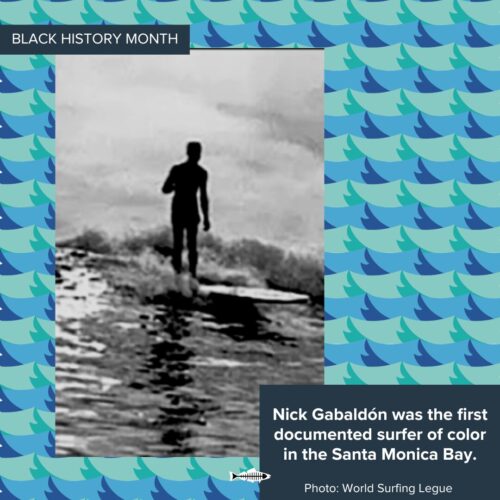

Then, on June 5th, 1951, tragedy struck. Nick, drawn by the allure of an eight-foot swell, paddled his usual 12 miles to ride the mythic Malibu Pier righthander. After catching a legendary wave, he attempted a daring maneuver – shooting the pier itself. Sadly, his board was found, but his body wouldn’t resurface until days later. Nick, at just 24, lost his life to the sea’s unpredictable power.
Eerily prescient, Nick had penned a poem titled “Lost Lives” for his Santa Monica City College literary magazine six days before his fatal attempt. Its haunting lines echoed the ocean’s dark allure:
The sea vindictive, with waves so high
For men to battle and still they die.
Many has it taken to its bowels below;
Without regard it thus does bestow
Its laurels to unwary men.
Nick Gabaldón, the trailblazing surfer, left behind a legacy not just of his skill, but of his courage and spirit, forever etched in the waves of history.
![]()
![]()
![]()
![]()
![]()
![]()
![]()
![]()
![]()
RESOURCES
The “Black in Marine Science” Spotlight
Swipe through the Black in Marine Science List of “6 Black Marine Scientists You Should Know About“. Follow @blackinmarinescience to learn more about this “premier organization aimed to celebrate Black marine scientists, spread environmental awareness, and inspire the next generation of scientific thought leaders.”



